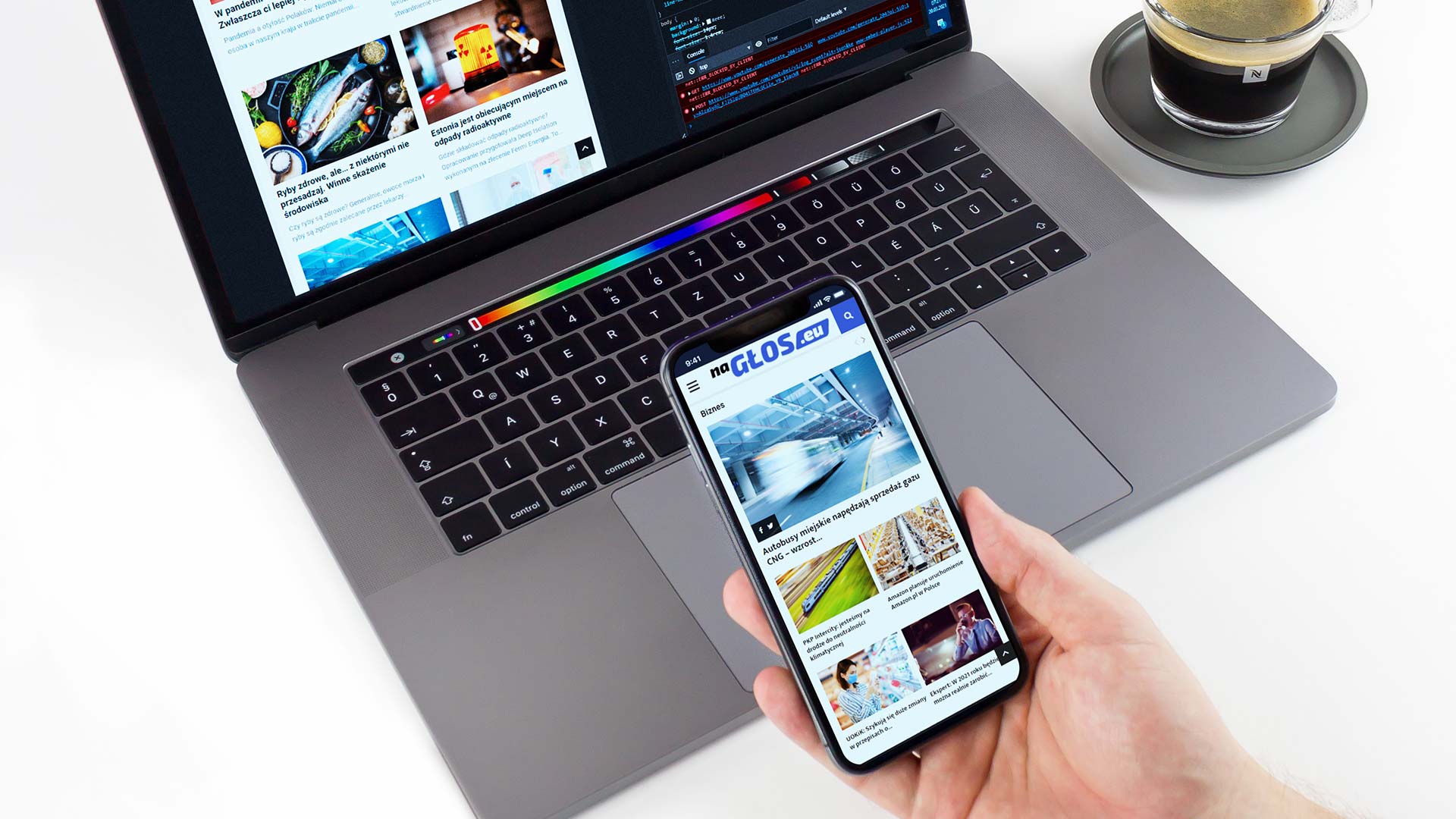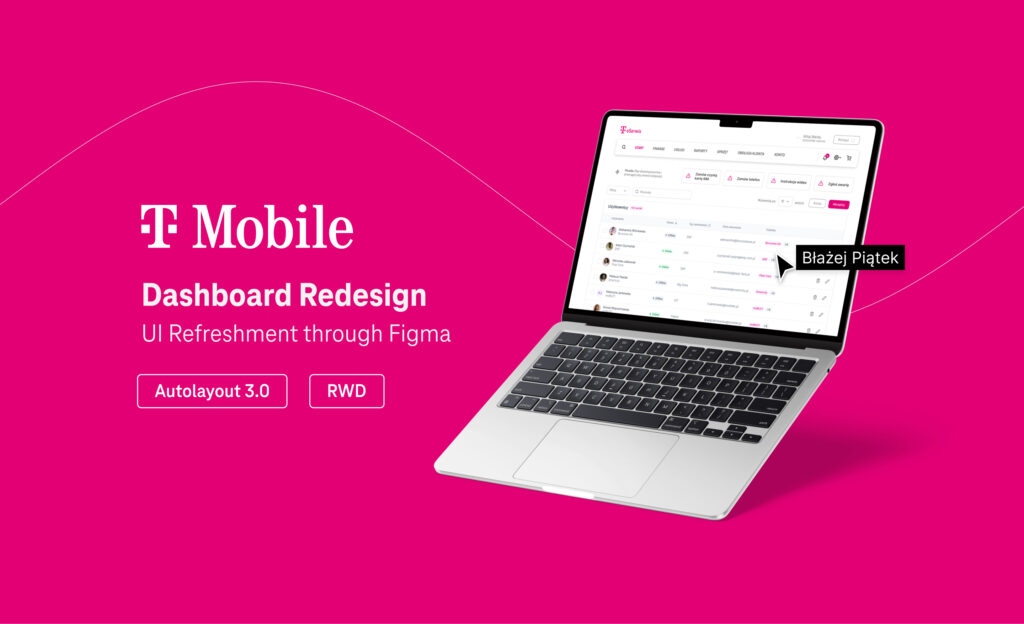User testing is an indispensable part of the UX design process. It’s the compass that guides designers toward creating intuitive, user-centric interfaces and experiences. As we step into 2023, the UX landscape continues to evolve, and so do the tools available for conducting user testing. In this article, we’ll explore the essential tools every UX designer should consider for effective user testing in the year ahead.
1. UserZoom
UserZoom is an all-in-one user research and testing platform that covers a wide spectrum of UX research methods. It allows designers to conduct remote usability testing, card sorting, surveys, and more. With its robust analytics, you can gain deep insights into user behavior and preferences.
Key Features:
- Remote and moderated usability testing.
- Surveys, card sorting, tree testing, and more.
- Robust analytics and reporting.
- Integration with design tools like Sketch and Figma.
2. UsabilityHub
UsabilityHub specializes in quick and straightforward user testing. It’s perfect for running quick tests on design prototypes and getting rapid feedback from a global user panel. The platform offers tools like first-click testing, preference testing, and more.
Key Features:
- First-click testing, preference testing, and other quick tests.
- Access to a large panel of global users.
- Heatmaps to visualize user interaction.
- Seamless integration with design tools.
3. Optimal Workshop
Optimal Workshop is a user research platform known for its suite of usability testing tools that help designers optimize website and app navigation. It offers card sorting, tree testing, and other valuable methods to uncover navigation issues and enhance user experiences.
Key Features:
- Card sorting to refine information architecture.
- Tree testing to evaluate navigation structures.
- Click testing to understand user interaction patterns.
- Heatmaps for visualizing user attention.
4. Lookback
Lookback is a user research and testing platform that specializes in live user interviews and remote usability testing. It provides the flexibility to conduct moderated or unmoderated tests, making it suitable for various research scenarios.
Key Features:
- Live user interviews and remote testing.
- Mobile and desktop usability testing.
- Highlight reel creation for sharing key insights.
- Integrations with popular UX and design tools.
5. Crazy Egg
Crazy Egg focuses on visualizing user behavior through heatmaps and scroll maps. While it may not replace traditional usability testing, it complements it by providing insights into how users interact with your webpages visually.
Key Features:
- Heatmaps and scroll maps to visualize user interaction.
- A/B testing for optimizing page elements.
- Session recording to see individual user journeys.
- User-friendly interface for quick setup.
6. Maze
Maze is a user testing platform that integrates seamlessly with design tools like Figma and Sketch. It enables designers to turn their prototypes into interactive tests, making it easy to gather user feedback and validate design decisions.
Key Features:
- Prototype testing with Figma and Sketch integration.
- User testing and feedback collection.
- Heatmaps and engagement metrics.
- Iterative testing for design validation.
7. UserTesting.com
UserTesting.com offers a comprehensive platform for remote user testing. It allows designers to target specific user demographics and conduct moderated or unmoderated tests on websites, apps, and prototypes.
Key Features:
- Remote user testing with targeted demographics.
- Moderated and unmoderated testing options.
- Mobile app testing.
- Video recordings of user interactions and feedback.
8. Dovetail
Dovetail is a user research and analysis platform that helps designers centralize and analyze user research data. It’s particularly useful for managing qualitative data, such as user interviews, surveys, and usability test results.
Key Features:
- Centralized storage and organization of user research data.
- Advanced search and analysis capabilities.
- Collaboration tools for teams.
- Integration with popular research tools.
As the UX design field continues to evolve, these user testing tools will be invaluable in helping designers create more user-centric and effective digital experiences. Whether you’re conducting remote usability tests, analyzing user behavior, or visualizing data through heatmaps, these tools have got you covered in 2023 and beyond. Remember, the key to successful user testing is not just having the right tools but also using them strategically to gain meaningful insights and improve your designs. Happy testing!








